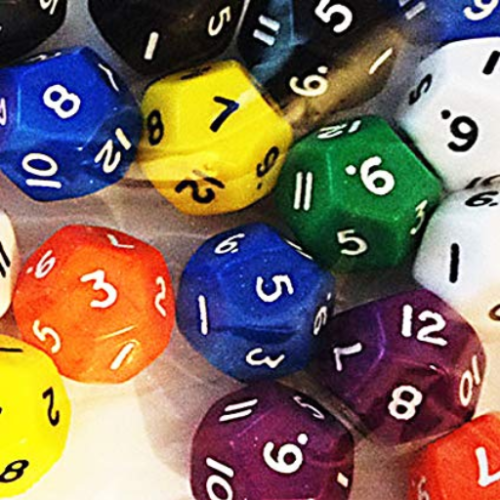This is a white six-sided 14mm dice. Each side has one of the following symbols and/or numbers
0, +1, +2, +3, -1, and -2.
£0.60
In stock
This is a white six-sided 14mm dice. Each side has one of the following symbols and/or numbers
0, +1, +2, +3, -1, and -2.
In stock
This is a white six-sided 14mm dice. Each side has one of the following symbols and/or numbers 0, +1, +2, +3, -1, and -2.
Games using dice are a fun way of practising basic concepts. It can be a more acceptable way of providing the necessary overlearning required for retention when memory is poor. When the two players are teacher/parent and learner, it is easy to immediately unravel any misundertanding of the concept being practised.
Playing games involve the added concentration and rivalry required to win and as the dice contain a randomness in the throw, winning or losing is more acceptable and less to do with being good or not at Maths. It can remove the stress that many learners experience when they are ‘doing Maths’.
This multi-sensory playing games approach is fun for all, but is particularly appropriate for neurodiverse learners. The risk-taking element, something that is particularly lacking in the life of students with poor learning experiences, is vital for enhancing self – esteem.
Ideas for activities include –
1. Use alongside a 1-6 number dice to create simple addition and subtraction sums.
2. Two players roll dice to move forward or back from 10 along a 20 number line. The winner is the one farthest along – after a certain number of throws, after a certain time, or to reach a target number.
3. Two players roll dice to move up or down from 0 on a number line marked -10 to +10. The winner is the one farthest up after a certain number of throws, after a certain time or to reach a target number.
4. Consider each dice as a positive or negative number and each player rolls two dice to identify highest number. For example
Player 1 throws +3 and -2. Answer +1
Player 2 throws 0 and -1. Answer -1
Winner is player 1

